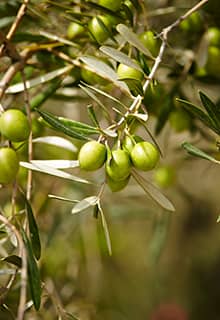The Routes of the Olive Tree
in Türkiye
The olive tree dates back millions of years. It is considered a mythical and sacred tree. The relationship between the olive tree and human civilization has produced an immensely rich, living cultural heritage, embedded in the everyday habits of the Mediterranean people.
Türkiye has developed to become one of the top 5 producers of olives and olive oil in the world. This can be attributed in part to its Mediterranean climate and to the fact that Central Anatolia is rumored to be the birthplace of the humble olive tree. With deep historical, cultural, and manufacturing roots, it makes sense that Turkish cuisine is often built around olives.
In Türkiye, olives are produced in the Aegean, Marmara, Mediterranean, and Southeastern regions. Seventy-five percent of olive trees are located in Türkiye’s Aegean coast. However, key olive growing areas in Türkiye stretch from the Black Sea to the Aegean region, reaching further along the Mediterranean and east into Anatolia proper. Important production locations, among others, are Ayvalık, Akhisar, Mudanya, Edremit Gulf, Orhangazi, İznik, Gemlik, and Yalova. There are about 700 varieties of olives worldwide and Türkiye grows between 50-80 different varieties.







